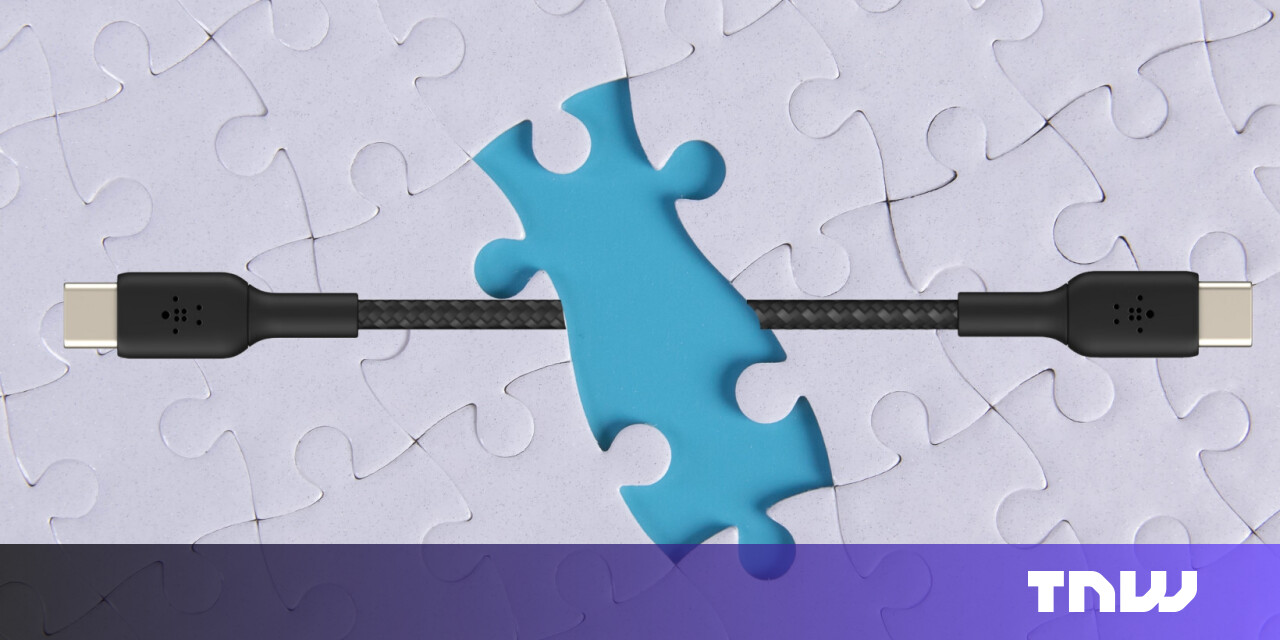It really is, trying to make it so universal but so confusing at the same time. USB-A to USB-C. 3A. 5A. Power only. Specialty cables like Apple's MagSafe 3 to USB-C or a USB-C to micro-B drive. I've even got a USB-C to HDMI cable, although I suspect that chunky thing at the end is some sort of active converter. Plus adapters.
And the really sucky thing is how poorly they're labelled. I've bought a few basic cables that are labelled as 2.4A even though the requirement in the spec is 3A. And when I've looked at the assorted cables I have I've been a few that have the full 24 pins in the connectors. And a few with 14. Some that are unbalanced. I've got one that sometimes works but the pins look like they're differently laid out on each side.
I'm participating in an Apple forum where one participant is insistent that Apple devices shouldn't be trusted to USB-C cables that aren't certified by the USB Implementor Forum. Even though Apple OEM cables are not. There's a lot of major manufacturers/sellers of USB-C cables that don't bother, including big ones like Belkin and Monoprice. I think it's rather unrealistic to insist on anything like that.
And the really sucky thing is how poorly they're labelled. I've bought a few basic cables that are labelled as 2.4A even though the requirement in the spec is 3A. And when I've looked at the assorted cables I have I've been a few that have the full 24 pins in the connectors. And a few with 14. Some that are unbalanced. I've got one that sometimes works but the pins look like they're differently laid out on each side.
I'm participating in an Apple forum where one participant is insistent that Apple devices shouldn't be trusted to USB-C cables that aren't certified by the USB Implementor Forum. Even though Apple OEM cables are not. There's a lot of major manufacturers/sellers of USB-C cables that don't bother, including big ones like Belkin and Monoprice. I think it's rather unrealistic to insist on anything like that.

